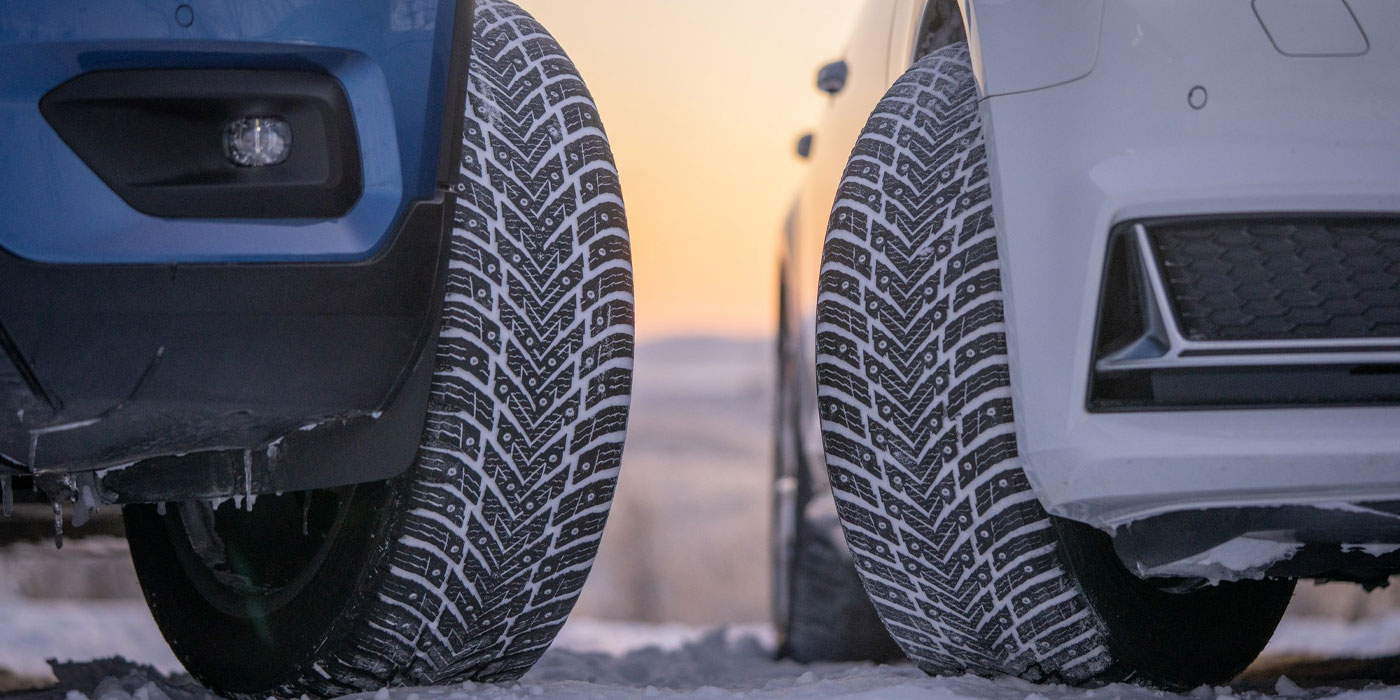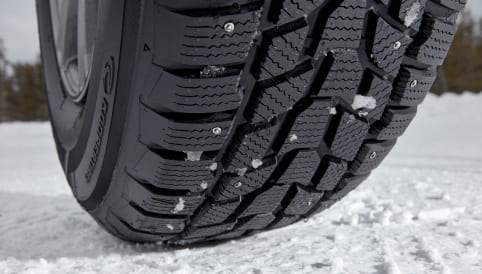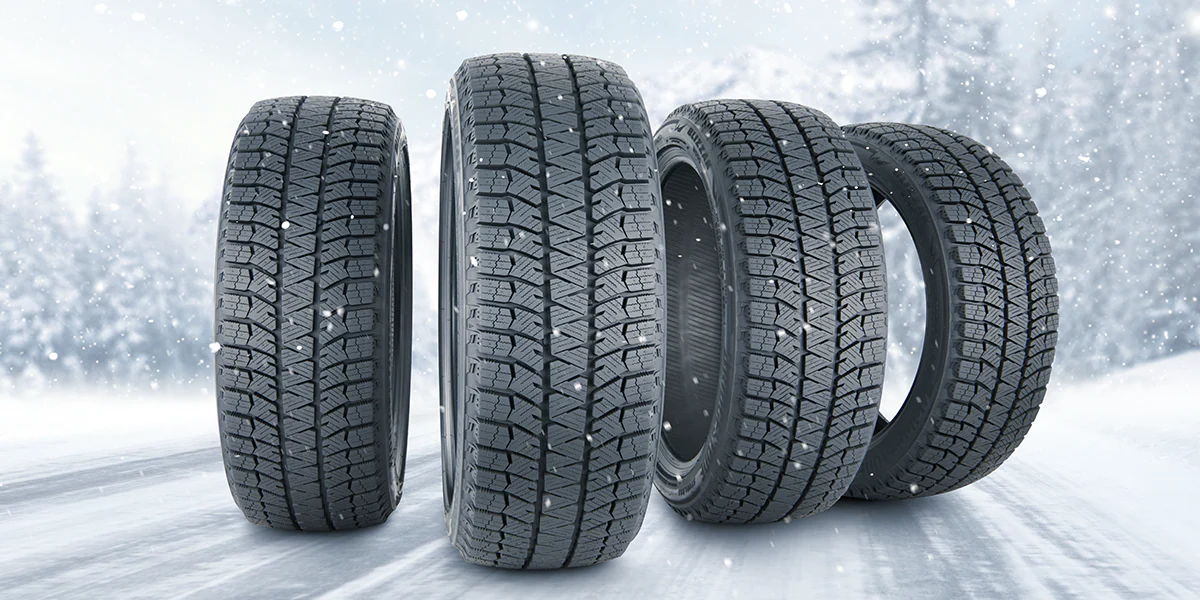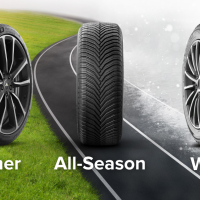Why should I Use Studded Tires For Winter Driving?

Why should I Use Studded Tires For Winter Driving?

Introduced in the United States in the 1960s, metal studs that could be inserted into tires were developed to enhance traction on the slipperiest road condition…ice. The studs were designed to use the vehicle’s weight and centrifugal forces to provide more ice traction as they repeatedly chipped into the driving surface. However, when the road wasn’t covered with snow or ice, tire studs noisily chipped into the road itself. So studded tires are good for ice traction, but not good for roads.
The use of studded tires is said to cost taxpayers millions of dollars in road wear every year. Additionally, as studded tires chip into the concrete, they eventually cut ruts in the road that will fill with water to create a hydroplaning hazard when it rains. This has prompted states to prohibit studded winter tires completely or restrict them to seasonal use.
In addition to road damage, air pollution contributed to studded tires being prohibited in Japan where concrete dust was measured in the air along busy highways during winter. This immediately led Japanese tire manufacturers to develop studless winter tires that use special tread rubber compounds in place of studs to provide enhanced ice traction. However, none of these studless tires can totally equal a studded tire’s traction on all types of ice.
Tire studs consist of two primary parts. The tungsten carbide pin is the element that protrudes beyond the tire tread and contacts the pavement surface. The outside part of the stud is a cylindrical metal jacket or body that is held in the tire tread rubber by a flange at the base.

Only new tires that have never been driven on can be studded. Tires already driven on cannot be studded nor re-studded. This practice risks serious tire damage resulting from incorrect stud lengths and/or unseen debris (sand, cinders, salt or stones) becoming trapped under the stud in the molded hole.
Because studdable tires are manufactured with different tread depths, studs are manufactured in different lengths that must be matched to the depth of the holes molded in the tire (see illustration below). Stud sizes are identified by their Tire Stud Manufacture Index (T.S.M.I.) number or the stud’s overall length in millimeters (mm). New studs are color coded to ease identification.
| Stud Identification | |||
|---|---|---|---|
| T.S.M.I. Number | Metric Designation | Overall Length(mm) | Housing Color |
| #11 | 8.8 – 10/1 | 10 | Blue |
| #12 | 8.8 – 11/1 | 11 | Silver |
| #13 | 8.8 – 12/1 | 12 | Gold |
| #15 | 8.8 – 13/1 | 13 | Blue |
| #16 | 8.8 – 15/1 | 15 | Silver |
| #17 | 8.8 – 16/1 | 16 | Gold |
Stud Insertion
Typically 80 to 100 studs per tire are inserted into holes molded in the tire’s tread design. A special tool spreads the rubber and inserts the stud.
This illustration shows a stud hole molded into the tread when manufactured, as well as studs properly installed, inserted too shallow or too deep.

The following pictures show tires studded correctly, as well as those where the studs were purposely inserted too shallow or too deep.
Studs Correctly Inserted
A correctly inserted stud will only have its carbide pin protrude past the tire surface after the tool is removed. The tread rubber compresses around the stud’s flat head (inserted into the bottom of the hole) to hold the stud in place.
Studs Inserted Too Deep
If a stud that is too short is inserted, or the appropriate length studs are inserted too far into the tire, they will not reach the tread surface or operate effectively until the tire wears.
Studs Inserted Too Shallow
Conversely, if a stud that is too long is inserted, or the appropriate length studs are not inserted into the tire as far as they are intended to go, they will protrude from the tire, allowing them to wiggle, possibly enlarging the molded hole and be ejected.
As studded tires are driven through winter, the studs are designed to wear at a rate similar to the tread rubber with the tungsten carbide pins wearing a little slower than the metal housings around them. This retains the stud’s effectiveness to continue to chip into the ice as the tire wears. However, as with all tires, once studded tires wear down to approximately 5/32″ of remaining tread depth, they will lose effectiveness in deep snow and a new set of tires should be installed if deep snow driving is still anticipated.

























